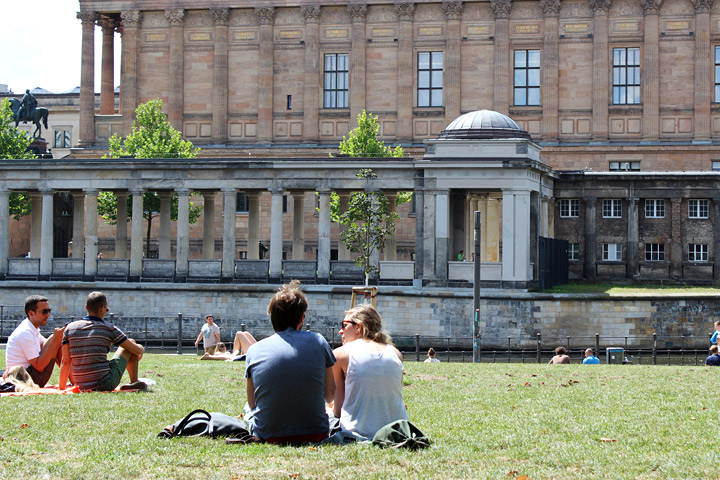BERLIN – Berlin is hot. Easily as hot and humid as Toronto; even New York, some days.

The big difference is, unlike those cities, you won’t get a blast of ice-cold AC as you enter a shop or a home. Air conditioning is rare here – most homes don’t have it, few stores have it and even the subway trains are cooled by opening the windows (not all that effective).
Put together, this means that on a hot July day, you suffer. And it’s not just me – judging by all the sweaty faces I see on the subway, Germans feel the heat, too.
Of course, they have the opposite reaction when visiting North America. The Germans attending the Arthur Burns Fellowship meetings in Washington, DC, were horrified at the cold air in every building. My roommate seemed convinced the chilly hotel room was causing bags under her eyes.
Everyone asked if it was like this everywhere. (We had to admit it was.)
But what kind of energy does all our air conditioning consume?
In 2011, the most recent year available in this Natural Resources Canada study, Canadians used 24.6 Petajoules of energy to cool their homes. (one petajoule is one quadrillion joules; a joule is the amount of energy required to produce one watt of power for one second)
To put this in context, it amounted to only 1.7 per cent of total household energy use. In Ontario, a hotter province where air conditioning is more common, cooling accounted for 3.1 per cent of total household energy use. In 2007, 2010 and 2011, Ontarians spent more on cooling their homes than on lighting them.
It wasn’t always this way. Until the late 90s, Ontario’s energy use used to peak in winter, according to Ontario’s Independent Electricity System Operator, which manages Ontario’s electricity. Unlike Germany, since 2005, peak demand in Ontario has consistently been higher in the summer months (although the cooler weather this year has energy consumption way down).
On a really hot day in the summer, air conditioners can account for 25 per cent of the province’s energy use, the IESO says.
So is it worth it? On a humid day, I know I would love to be able to escape somewhere cool. Then again, no one likes shivering in the grocery store just because they’re sensibly wearing a t-shirt in 30-degree weather.
Leslie Young is doing a two-month Arthur F Burns fellowship based in Berlin, Germany. Follow her observations here.




Comments